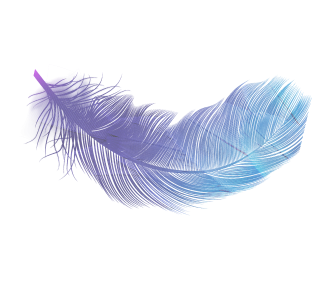
Is Your Stretching Routine a Waste of Time?
March 26, 2015
Recent Posts
Clear Filters
I love board breaking. I feel like a ninja when I do it. I think my favorite way to break
You know you are addicted to TKD when browsing the lumber aisles at Home Depot you are thinking about how
Flexibility is crucial in taekwondo for great kicks and for injury prevention. Balanced muscle and joint flexibility, from front to back
Master Holloway has added Family Forms to the list of competitions for the Captain’s Cup Challenge. How cool is this?
My son and I competed in the Captain’s Cup Challenge on November 20, 2010. We were there bright and early
I decided the other day that I need to learn to slow down. My almost 43 year old body is talking







